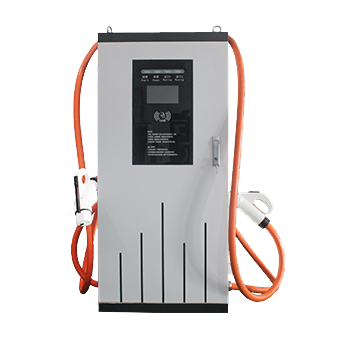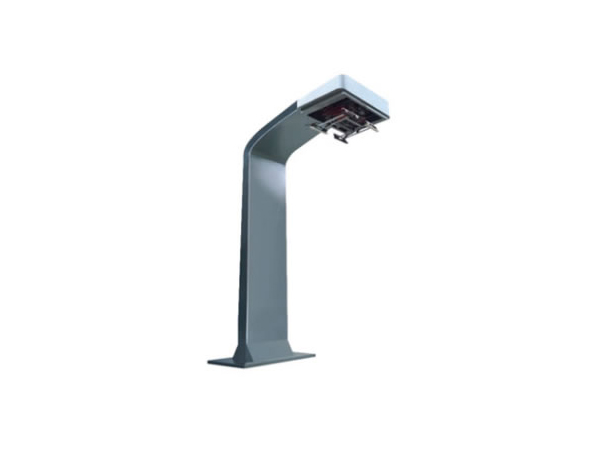-
13822183778@139.com
-
13822183778
Difference between new energy charging stations and electric vehicle charging harnesses
The difference between the wiring harness of new energy charging stations and that of new energy electric vehicles mainly lies in their purposes and technical requirements:

1,Different uses:
New energy charging pile harness: a power transmission harness used to connect charging piles with the power grid, mainly responsible for transmitting electrical energy from the power grid to the charging piles. The installation environment of this wiring harness is usually relatively fixed, mainly used in public charging facilities or household charging piles.
New energy electric vehicle charging harness: a harness used to connect electric vehicles with charging stations, directly used for charging electric vehicles. It requires high flexibility and durability for frequent insertion, removal, and movement.
2,Different technical requirements:
Charging pile harness: As it is mainly used for fixing positions, it requires durability, high temperature resistance, UV resistance, and waterproofing, and can adapt to long-term outdoor or indoor installation conditions. In addition, strong electromagnetic shielding and power transmission capabilities are also required.
Electric vehicle charging harness: More attention is paid to the flexibility, bending resistance, and high safety of the cable, especially in situations where the insertion and removal frequency is high. At the same time, the cable also needs to have wear resistance, anti-aging and strong weather resistance.
3,Structural differences:
The charging pile harness is usually thicker and longer, with higher current load capacity to ensure stable power supply to the charging pile.
Electric vehicle charging harnesses are usually movable and designed to be more flexible for user convenience. The length of the harness is generally designed based on the distance between the vehicle and the charging station, and has the ability to adapt to multiple interfaces.
 How long does it take to charge ···
How long does it take to charge ···
 DC Fast Charging CCS type 2 plug
DC Fast Charging CCS type 2 plug
 The high-voltage and high-curren···
The high-voltage and high-curren···


